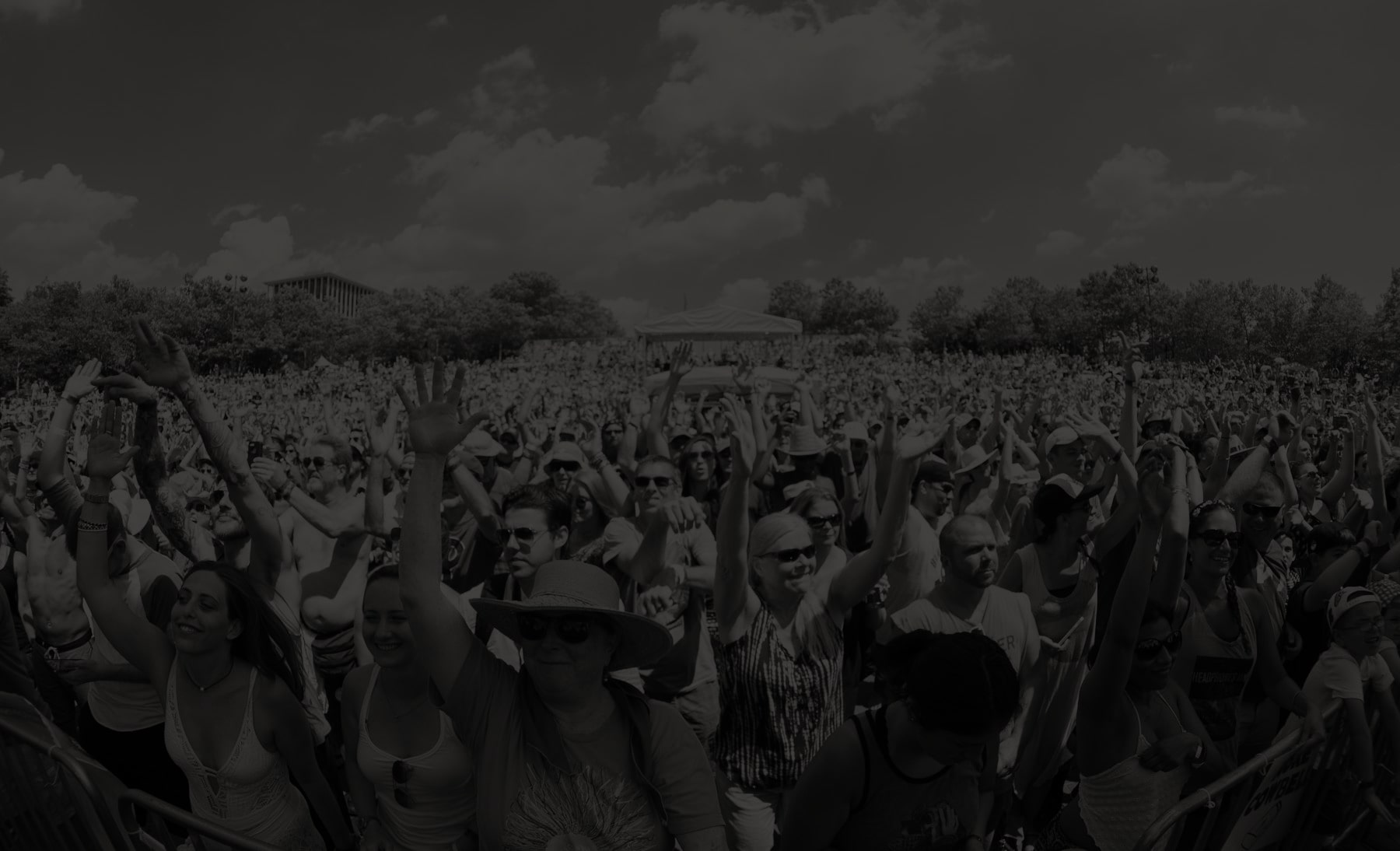
Music for Installations: Stealing Brian Eno’s idea for a box set, The Key looks at the sound of Philly galleries
This May, producer-composer-sound designer Brian Eno released Music For Installations — six albums of new, rare and previously unreleased music made for use in gallery installations and exhibitions from 1985 to the present — and his longtime work in ever-different and changing music became clearer.
“Generative” music, mastered by a system, and made to order for visual experiments with light and video (his own installations), as well as gallery exhibitions for painterly works, go beyond the idea of ambient atmospheres (his usual, when it comes to instrumental work). They move into something proactive, provocative, and at one with the creation it is meant to score or accompany. An active exhibition art-soundscape should dance along with the images at its forefront, move in tandem with each brush stroke, static video image, and color. At least that’s what happens within the spare, yet opulent, confines of Eno-music that appeared within installations during the Venice Biennale and inside the St. Peterberg’s Marble Palace, Beijing’s Ritan Park and the Sydney Opera House.
With that in mind, I became curious as to how (and why) Philadelphia artists, gallery owners and curators teamed site-specific sound and music (or not?!) to the images portrayed along their four walls.

Community Mosaic group at Neighborhood Time Exchange | photo courtesy of Ellen Tiberino
When Ellen Tiberino debuted her West Philly-based community-designed mosaic in collaboration with Neighborhood Time Exchange the during July’s Second Friday event at 4017 Lancaster Avenue, she went with the live music of Philadelphia’s Vinny. “She describes what she does as ‘gypsy soul,’ and I chose her because I believed her music would resonate well with the workshop participants who bonded throughout the workshop,” said Latiaynna Tabb, from the Neighborhood Time Exchange. “Plus Vinny’s music has amazing energy. “
Nate Harris and Andrew Jeffrey Wright of Space 1026 like to allow each incoming artist and curator make their own decisions when it comes to the sonic feel of each exhibition. If a given artist isn’t curating his own music, Harris prefers mixtapes of his own devising. “I also like having DJ’s at openings, however, and would love to see that more in future exhibitions,” he said.
Wright reminisced that during the start of Space 1026, DJs played records at every opening. “This went on for maybe three to five years,” he said. “Now, during events I hold at Space 1026 I almost always go to YouTube and type in ‘Com Truise full album’ and let it play. Another favorite of mine is the one hour loop of Fleetwood Mac’s “Albatross”. I play that at the Space when I’m feeling a little more mellow.”
Pam Kosty, the public relations director at the University of Pennsylvania Museum of Archaeology and Anthropology — the Penn Museum—mentioned that she has brought in specific ancient sounding composers to create amazing concerts in their Chinese Rotunda gallery, that allow “the given composer to respond to the artifacts and the unique space and its devoted antiquities.” Along with working with Philadelphia’s Relâche chamber ensemble, the Daedalus Quartet, the University of Pennsylvania’s resident string-quartet-have created site-specific, multi-media concerts connected to aged works.
Larry Becker and Heidi Nivling of Larry Becker Contemporary Art had the most charmingly poignant tale to tell in relation to the equity of image (painting) and sound (music) with their May exhibition featuring the lustrous monochromatic work of Joseph Marioni, the late Karen Baumeister and her husband, composer Jeff Baumeister. “She painted in her studio while he made music in his studio nearby, and vice versa, so they influenced each other” said Nivling, discussing the minimalism (“with a small ‘m’” noted Becker) of her somber painting and his brand of atmosheric jazz. “Her paintings concern themselves with light, reductive work in terms of the image,” said Becker. “The Image is more than the object and the material.” This goes too for artists such as Marioni, Robert Ryman, and Quentin Morris, the latter of whom is deeply focused on the study of the color black. “It’s about as abstract as you can get,” stated Nivling, “But you have to see it up close, rather than in just photos,” said Becker.
With Baumeister in particular, you can feel the density, throb and layering of the painting, despite – or maybe because – of its monochrome tones. “There’s a quietude to what she does,” said Nivling of acrylic on linen pieces such as “Deep Violet Greys to Pink,” 2013 and “Whites of Grey, Yellow, Red,” 2013 .
Baumeister’s works within the “Karen Baumeister / Joseph Marioni” were her last, as she passed away in 2015 at the age of 52. After Marioni and the Larry Becker Contemporary Art brain trust decided upon the exhibit, Nivling thought of only one sound source that was appropriate for the look and feel of the painting: pianist Jeff Baumeister. “The evening that he and his accompanists played was just beautiful, an elegant counterpart to Karen and Joseph’s art,” said Nivling of the pianist’s own brand of minimalist melodicism.

Opening at LBCA | photo by Larry Becker
Larry Becker and Heidi Nivling’s dedication to the merging of sound and image doesn’t stop there. Along with performing a spoken word improvisation during Bowerbird’s recent Morton Feldman festival at the Philadelphia Cathedral is connection with Robert Ryman’s “Philadelphia Prototype” room at the Pennsylvania Academy of Fine Arts, the pair also recently screened the documentary, “Quentin Morris,” filmed by one of their gallery’s artists’, Brice Goldberg. “The message was of solace, of solitude,” said Becker, in regard to the movie and its mood music composed and performed by Foster Child, who has worked often with Sun Ra. The sound of “Quentin Morris” is as bracing, calm, and layered as its image.
“This gallery is a treasure trove of connections to light, art, artists and music,” said Becker.